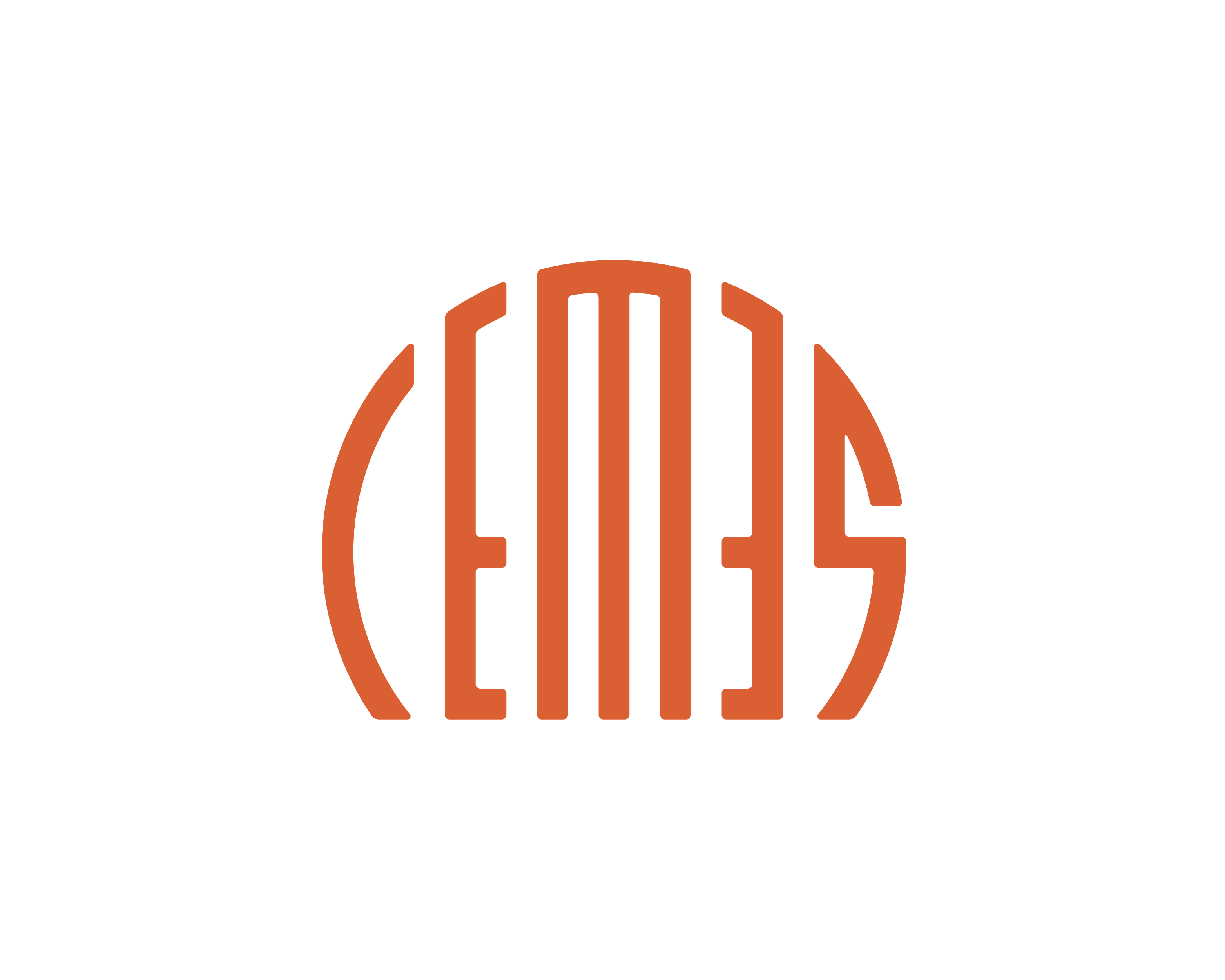Looking for van der Waals 1D semiconductor
NANOSCIENCE

Lab: CEMES
Duration: 5 months full-time internship
Latest starting date: 04/03/2024
Localisation: LNCMI Champs Magnétiques Pulsés, 143 Av. de Rangueil, 31400 Toulouse, France
Supervisors:
Paulina Płochocka paulina.plochocka@lncmi.cnrs.fr
This research master's degree project could be followed by a PhD
Work package:
Project Overview:
In recent years, the realm of nanoscience has seen significant enrichment due to the resurgence of van der Waals crystals. This layered structure facilitates the easy isolation of stable few layers and monolayers using mechanical exfoliation. The initial discovery of a graphene layer [1] paved the way for a boom in 2D physics. Subsequently this lead to the rediscovery of transition metal dichalcogenides (TMDs)[3], followed by 2D perovskites (2Ps)[2], and numerous other layered materials[4] whose properties can be finely tuned by altering the number of layers.
So far the filled of van der Waals crystals is dominated by 2D-layerd materials. Nevertheless der Waals crystal with 1D-wire structure also exist [5], potentially giving a chance to study physics in ultimate 1D limit. Among these materials, the one-dimensional semiconductor crystal AgSePhF2(2,6) has emerged as a promising candidate with unique electronic properties and potential applications in various technological domains[5]. It’s van der Waals nature allows to use mechanical exfoliation, to tune its optical properties and enables a relatively simple and cheap heterostructure fabrication [4]. Figure a) shows a complicatedly evolution of photoluminescence with the size of few exfoliated microcrystals. The exemplary PL micorscope-image of the exfoliated crystal recorded by microscope camera is shown in Fig. b).
This internship project aims to explore the exfoliation process of AgSePhF2(2,6) crystals to assess whether their properties can be controlled based on crystal thickness. The ultimate objective is to investigate the possibility of obtaining unique 1D mono quantum wires. The exfoliated structures, if necessary, will be encapsulated in hexagonal boron nitride (hBN) to enhance their stability and properties. These structures will undergo comprehensive characterization to evaluate their potential applications in optoelectronics. This proposal addresses a unique and novel topic, as there have been no reports on 1D mono-wires obtained with this material, making it a promising project for the candidate's early scientific development with significant potential for publication.
Project Objectives:
Exfoliation of AgSePhF2(2,6): The intern will work on developing efficient exfoliation methods for AgSePhF2(2,6) crystal to investigate thickness dependent properties of the material with the aim of exploring the idea of obtaining single wires of the material. This will involve optimizing parameters such as solvents, and mechanical exfoliation techniques as well as the transfer media used to deposit flakes on the SiO2 substrates and hBN encapsulation.
Characterization: Comprehensive characterization of the exfoliated AgSePhF2(2,6) nanosheets and bulk crystals will be performed starting from atomic force microscopy followed by using advanced optical spectroscopy techniques. This includes room and cryogenic temperature UV-Vis spectroscopy, time-resolved photoluminescence, photon correlation spectroscopy.
Stability and Applications: Assess the stability and potential applications of the exfoliated AgSePhF2(2,6) nanosheets and bulk crystals in various fields, such as photodetectors, sensors, and optoelectronic devices.
Report and Documentation: Documentation of the experimental procedures, results, and findings in a clear and organized manner. Preparation of regular progress reports and a final comprehensive report summarizing the internship project's outcomes.

References:
[1] K. S. Novoselov et al. ,Electric Field Effect in Atomically Thin Carbon Films.Science306,666-669(2004).DOI:10.1126/science.1102896
[2] Mak, Kin Fai, et al. "Atomically thin MoS 2: a new direct-gap semiconductor." Physical review letters 105.13 (2010): 136805.
[3] “Ligand-Stabilized Reduced-Dimensionality Perovskites” Li Na Quan, Mingjian Yuan, Riccardo Comin, Oleksandr Voznyy, Eric M. Beauregard, Sjoerd Hoogland, Andrei Buin, Ahmad R. Kirmani, Kui Zhao, Aram Amassian, Dong Ha Kim, and Edward H. Sargent. Journal of the American Chemical Society 2016 138 (8), 2649-2655
[4] Geim, A., Grigorieva, I. Van der Waals heterostructures. Nature 499, 419–425 (2013). https://doi.org/10.1038/nature12385
[5] Sakurada T, Cho Y, Paritmongkol W, Lee WS, Wan R, Su A, Shcherbakov-Wu W, Müller P, Kulik HJ, Tisdale WA. 1D Hybrid Semiconductor Silver 2,6-Difluorophenylselenolate. J Am Chem Soc. 2023 Mar 8;145(9):5183-5190. doi: 10.1021/jacs.2c11896. Epub 2023 Feb 22. PMID: 36811999.
Areas of expertise:
van der Waals crystals, optical spectroscopy, exfoliation
Required skills for the internship:
exfoliation of van der Waals crystals, optical spectroscopy, solid-state physics
